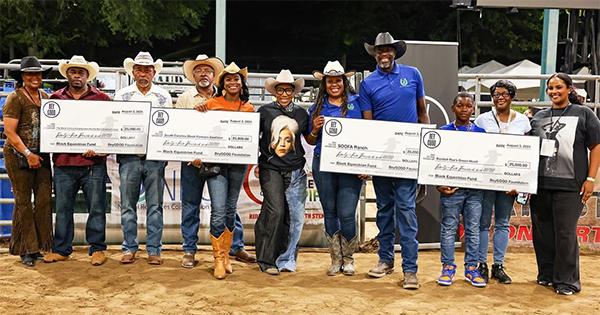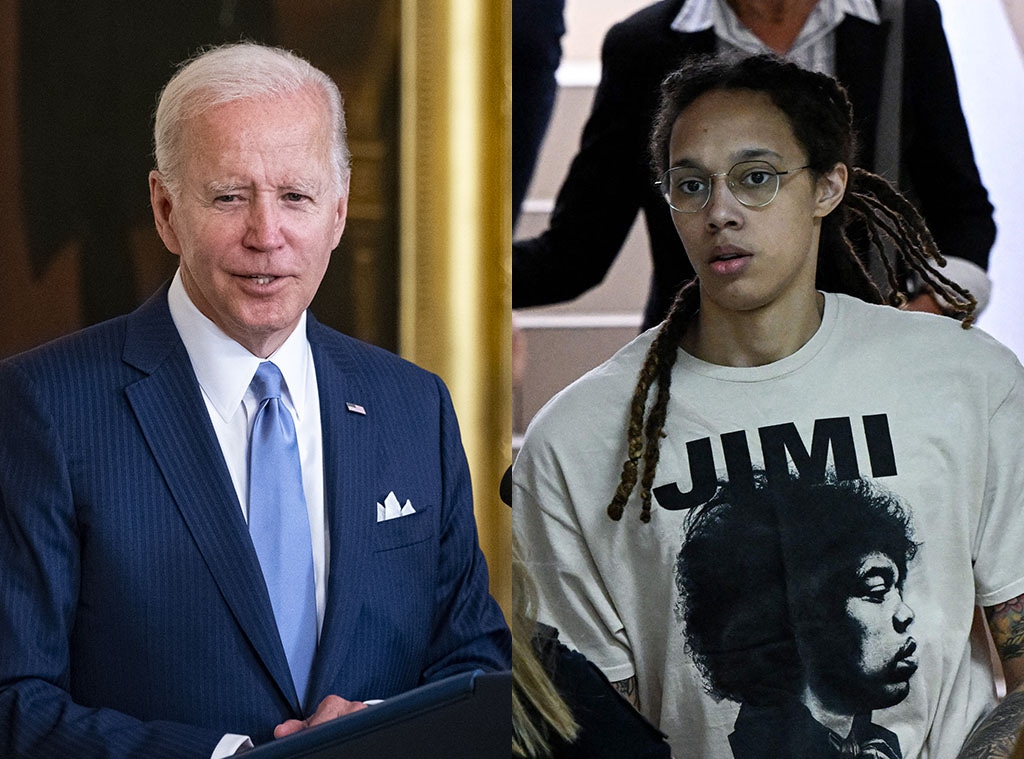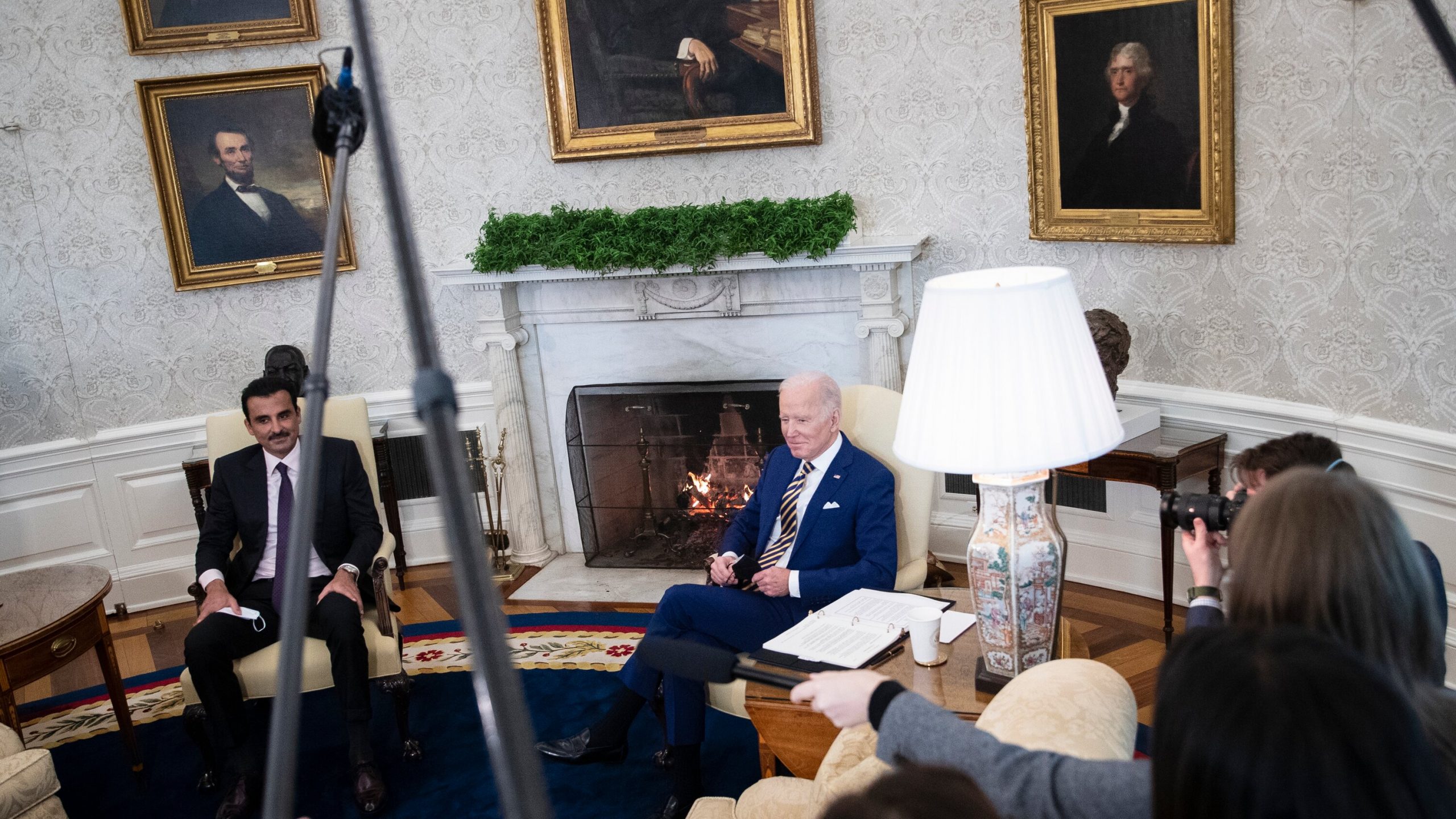(Akiit.com) On Sunday, when more than 200 Major League Baseball players wear No. 42 jerseys to honor the 60th anniversary of Jackie Robinson breaking the color barrier in the national pastime, it will be a reminder of past promises and a troubling present.
The commemoration of Robinson’s historic debut will recall an elaborate ceremony 10 years ago, when MLB retired Robinson’s number across the majors and Commissioner Bud Selig emphasized baseball’s push to hire more minorities.
Sunday’s tributes also will put a spotlight on an uncomfortable question for baseball: Is Robinson’s legacy within the game fading?
The percentage of African-Americans in the majors has dropped sharply during the last decade and now is the lowest it has been since the 1960s — 8.3%, or 72 players on opening-day rosters, according to a USA TODAY study that includes injured players.
The percentage of blacks in key front-office, managing and coaching positions hasn’t increased during the last decade. Even MLB’s central office, with about 470 employees mostly in New York, has a smaller percentage of blacks than it did in 1997. However, two of MLB’s five executive vice presidents — positions created since 1997 — are black.
Robinson, who kept crusading for equal opportunity for the disadvantaged after his playing career ended in 1956, probably would not accept this situation, his widow says.
“He was always impatient for change and a fighter for change,” Rachel Robinson says. “He would think the struggle is still on, and he would not be satisfied with where we are.”
“Are we where we should be? No. We’ve got a lot of work to do,” says Jimmie Lee Solomon, MLB executive vice president for baseball operations and an African-American. “Are we working on it? Yeah, we’re working hard on it.”
MLB is trying to boost blacks’ participation with urban initiatives on several fronts, including its Diverse Business Partners Program and Reviving Baseball in the Inner Cities (RBI), a youth program that helped lead current big-leaguers Dontrelle Willis of the Florida Marlins and Coco Crisp of the Boston Red Sox to pro careers.
But the efforts are not gaining much traction in addressing a range of problems, particularly baseball’s growing disconnect with African-American youths and sports fans, who continue to be more interested in football and basketball.
A Harris Interactive survey released in January found only 7% of African-American adults said baseball was their favorite sport. This comes at a time of growth for other minorities on the field; nearly one in three MLB players is Latino or Asian. Their increased presence has pushed the overall percentage of minority players to 40.5% this year, the highest ever.
But as the number of African-American players dwindles, the effect eventually could reverse gains made in increasing blacks’ presence in front office and coaching positions in baseball.
“I don’t doubt that opportunities will be provided,” says Chicago White Sox senior vice president-general manager Ken Williams, the majors’ only African-American GM. “But my concern is with the dwindling number of participants on the African-American front. As we move forward in future years, there will be fewer people in the pipeline. So how will those numbers grow? … Where are the candidates going to come from?”
Baseball has made significant progress in its overall diversity in the last 10 years. It received its highest marks ever in the recently released 2006 Major League Baseball Racial and Gender Report Card from the University of Central Florida’s Institute for Diversity and Ethics in Sport, which annually examines the racial and gender composition of pro and college personnel in various sports.
But MLB’s scorecard for African-Americans shows no home runs:
The percentage of African-American players has continued to decline, dropping by 50% since 1997, according to the Institute’s report. The overall figure was about 27% in 1975 and 17% in 1997.
There are two African-American managers this year (the New York Mets’ Willie Randolph and the Texas Rangers’ Ron Washington). That’s one fewer than in 1997, although during the last 10 years, there have been as many as eight in one season (2002). The percentage of African-American coaches is essentially the same, 14%-18% in 1996-97, 16% in 2006. Representation in the general manager’s office is unchanged: one (Bob Watson of the New York Yankees was the lone black GM in 1997).
While Latino and Asian representation has increased significantly in MLB’s central office as it has grown, the percentage of African-Americans has dropped since 1997 from 13% to 10.4%.
–Community programs launched
Baseball has begun several diversity initiatives in the last 10 years. MLB says its Diverse Business Partners Program, founded in 1998, has resulted in more than $400 million being spent with thousands of minority- and women-owned businesses.
MLB opened a Youth Baseball Academy, a $10 million facility, at Compton Community College in Los Angeles last year and continues its 18-year-old RBI program, which gives one-time grants to Boys and Girls Clubs of America seeking to start or expand urban baseball and softball leagues. RBI programs have been started in 185 U.S. cities, serving as many as 120,000 boys and girls, MLB says.
Baseball sponsored its first Civil Rights Game this spring in Memphis; proceeds are benefiting several charities, including the NAACP Legal Defense Fund and the Negro Leagues Baseball Museum.
MLB also partners with its players union in the Baseball Tomorrow Fund, which it says has awarded more than $10 million to programs that encourage youth participation in baseball and softball.
“I will stand up and shout from the top of the mountain (that increasing blacks’ participation) is a priority for them,” Williams says of MLB and its 30 clubs. “There is not just a business interest in keeping (Robinson’s) name alive … There is an interest from the heart.”
Richard Lapchick, director of the Institute for Diversity and Ethics in Sport, notes the irony regarding Robinson’s dual dream of increasing minority involvement on and off the field. “At the time of his passing (1972), African-Americans were starting to emerge as players but virtually non-existent in front office and managing positions. That has gotten significantly better,” he says. “But the part of his dream which looked like it was going to be a no-brainer — lots of African-American (players) — has gone in the other direction.”
-‘Nothing is getting done‘
Cleveland Indians pitcher C.C. Sabathia was the most recent player to sound the alarm over blacks’ decreasing presence in baseball, saying last month that a concerted effort is needed. “Any reaction is good,” he says of his comments, “because nothing is getting done.”
“I’m tripping when I see teams like Atlanta and Houston not having any black players,” says Minnesota Twins outfielder Torii Hunter, who launched a national urban youth baseball program with the help of donations from about 12 big-leaguers. “Atlanta? That’s Chocolate City! And no black players?”
The Atlanta Braves and Houston Astros are the two major league teams this year with no black players, though both have an African-American on the coaching staff.
“It’s not something we like having attached to us,” Astros general manager Tim Purpura says. “We drafted five black players last year … and we have more African-American scouts than we’ve had in a long time. We’re working on an infrastructure to attract more African-American players.”
Says John Schuerholz, Braves vice president/general manager: “The reality is you can’t feel uncomfortable with reality. There’s a diminishing amount of African-American players in the game at all levels. We have black players in our organization. … But we pick the best 25 guys” for the majors.
Many African-American athletes who might have pursued a career in baseball during a previous generation are pursuing basketball and football. Theories for the decline almost outnumber the players.
“A perfect storm was created,” says Solomon, citing full college scholarships for football and men’s basketball, the expense of baseball equipment, shoe companies’ promotion of African-American basketball stars and baseball’s focus on scouting in Latin America.
Baseball Hall of Famer Dave Winfield, author of Dropping the Ball: Baseball’s Troubles and How We Can and Must Solve Them, suggests MLB, corporate sponsors, players and the NCAA unite to fund grants to deserving inner-city youths who receive only partial scholarships for college baseball.
Division I-A NCAA programs can offer 85 full football scholarships and 13 full men’s basketball scholarships but only 11.7 for baseball, and those can be divided among several players. Among Division I schools, 6.5% of baseball players were African-American in 2005, according to the NCAA’s most recently available race/ethnicity data.
Winfield and current players cite the expense of playing the game and baseball’s marketing strategy. With youth baseball, “It’s more like a country club. You’ve got to get instruction, playing in tournaments with fees,” Hunter says. “The equipment is more expensive.”
Winfield says open spaces in U.S. cities are decreasing and many parks departments can’t afford to maintain baseball fields. Also, while basketball markets stars such as LeBron James and Kobe Bryant — appeals that resonate with many African-American youths — baseball sells the experience of going to a game, which doesn’t. “Kids don’t grow up saying I want to be like Yankee Stadium,” Winfield says.
Solomon says Nike and other shoe and apparel companies, not necessarily the NBA, deserve credit for starting the slick marketing of NBA stars. But he agrees “we have to focus on ways to get our players in front of our potential fans and our current fans.”
Hunter says many black youngsters view media and public criticism of star Barry Bonds as racist.
Bonds, who is closing in on Hank Aaron’s home run record, has been at the center of a steroid controversy the last few years.
“The one big, black face in baseball is Barry Bonds, and they see he is constantly being scrutinized and he has never tested positive for anything,” Hunter says. Black kids “think, ‘That game is not for us.’ ”
–Finding top prospects
Winfield and others suggest baseball clubs are pouring resources into finding and developing players in Latin America while scouting U.S. inner cities less.
The logic: It’s easier and cheaper to sign Latino players. A team can develop a young player at an academy in Latin America and sign him when he turns 17. In the USA, a top young player goes into the amateur draft and becomes fair pickings for all 30 teams. If selected in the first round, he could command a $1 million-plus signing bonus.
Solomon says he’s heard anecdotally from urban areas that “scouts don’t come here,” but he believes “that’s less and less the case.” Teams will find top prospects anywhere, he says. “The question is whether scouts will see the marginal African-American player.”
That’s what the RBI program and Baseball Academy are designed to do, he adds. “We just had a showcase in Compton, and there were 150 scouts there.”
Meanwhile, Rachel Robinson, who founded the Jackie Robinson Foundation which has provided four-year college scholarships to nearly 1,200 minority students, says she is thrilled so many players will wear No. 42 Sunday. Ten years ago, she hoped the 50th anniversary of her husband’s baseball debut would re-energize equal opportunity efforts in baseball and beyond.
Did it? “Not totally,” she says. “I would have liked to have seen an increase in African-American inclusion in the game. The diversity is there in terms of the Latinos and also bringing in Asians … so for that I can applaud them. Yet for me, diversity right now is not the issue. It’s more the inclusion.”
By Bob Nightengale & Mike Dodd








Leave a Reply